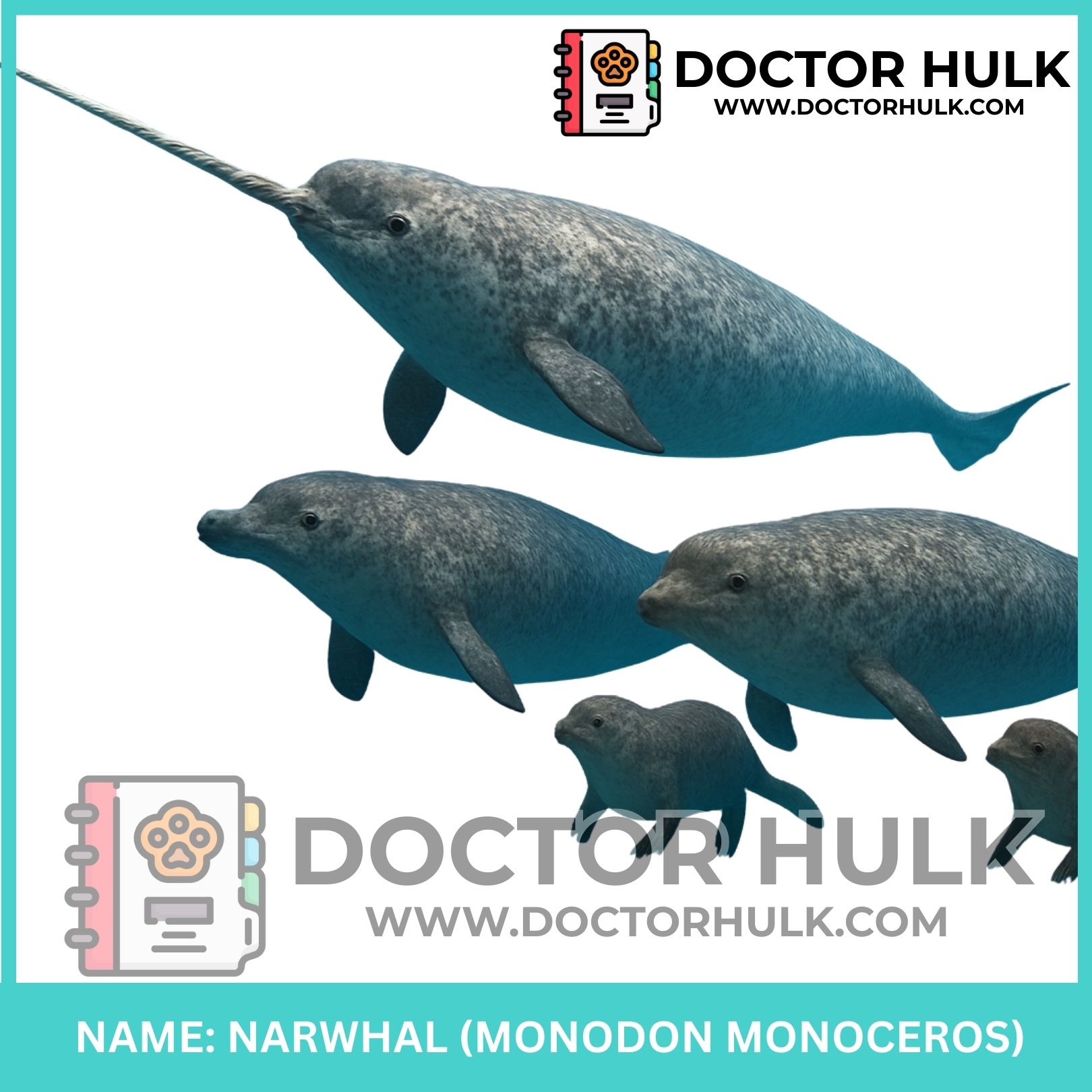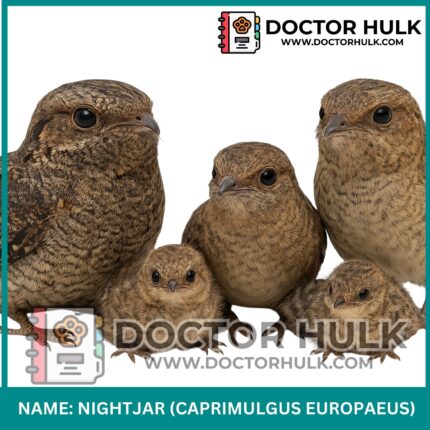One of the most magical sea animals in the world is the Narwhal. With its long, spiral tusk and peaceful nature, it is often called the “unicorn of the ocean.”
Scientific Classification
-
Kingdom: Animalia
-
Phylum: Chordata
-
Class: Mammalia
-
Order: Artiodactyla
-
Family: Monodontidae
-
Genus: Monodon
-
Species: Monodon monoceros
Narwhals are marine mammals, just like dolphins and whales. They breathe air and give birth to live young.
Common Names
-
Narwhal (Main name used worldwide)
-
“Unicorn whale” (Because of its tusk)
-
Some Arctic communities call it by native names like “qilalugaq qernartaq.”
Geographic Distribution
Narwhals live in the cold waters of the Arctic near:
-
Canada
-
Greenland
-
Russia
-
Norway
They spend most of their lives in icy oceans, diving deep under thick sea ice.
Physical Characteristics
Narwhals are medium-sized whales. What makes them special is the long, spiral tusk on the front of their head — this is actually a long tooth.
-
Length: Up to 5 meters (16 feet)
-
Weight: About 800–1,600 kg
-
Color: Grey with black and white spots
-
Lifespan: 40–50 years
-
Tusks: Usually found on males; can grow over 2 meters long
 Image showing a adult male Narwhal swimming in icy Arctic waters with long tusk above water (Source: Freepik)
Image showing a adult male Narwhal swimming in icy Arctic waters with long tusk above water (Source: Freepik)
Narwhal species
There is only one specie of narwhal: Monodon monoceros.
However, they can vary based on gender:
1. Male Narwhals
-
Have the famous long tusk
-
Tusk is used to show strength or attract females
2. Female Narwhals
-
Usually do not have tusks, or only have very small ones
 Image showing a group of narwhals wintering together (Source: StockCake)
Image showing a group of narwhals wintering together (Source: StockCake)
Fun facts about Narwhals
-
Their tusk has millions of nerve endings, they may use it to sense the environment.
-
They can dive over 1,500 meters deep to find food.
-
Narwhals “sing” underwater using clicks and whistles to communicate.
-
They are born blue-grey and get lighter with age.
-
They don’t survive well in captivity, so you’ll never see them in aquariums.
Importance to Humans
Narwhals are part of life in the Arctic:
-
Indigenous communities use narwhals for food, oil, and tools.
-
Their tusks were once sold in Europe as “unicorn horns.”
-
Today, they are respected as a symbol of nature’s beauty and mystery.
-
Scientists study their deep diving skills and how they survive in extreme cold.
Health & common issues
Narwhals in the wild can face serious challenges, especially as the world changes.
Common concerns include:
-
Climate change melting sea ice (narwhals depend on ice to survive)
-
Noise pollution from ships affecting their communication
-
Getting stuck in ice due to fast freezing
-
Diseases caused by warmer waters
Vet insight: Though wild, narwhals are a good example of why ocean health matters to all animals.
Conservation status
-
Status: Near threatened (IUCN Red List)
-
Threats: Climate change, oil exploration, illegal hunting, sea traffic
Protecting narwhals means protecting the Arctic and keeping our oceans clean, cold, and safe for all marine life.
Narwhal vs Beluga Whale
Narwhals and belugas are cousins. They often live in the same waters and are the only two species in their family.
| Feature | Narwhal | Beluga Whale |
|---|---|---|
| Tusk | Long spiral tooth (males) | No tusk |
| Color | Mottled grey and white | Pure white |
| Head | Longer, with pointed snout | Rounded, “smiling” face |
| Voice | Clicks, whistles, and chirps | Known as “sea canaries” |
In case you are curious about more sea animals, or you want to teach your kids about the wonders of wildlife, you can come visit or follow Doctor Hulk Veterinary Hospital online, or call 08143397614.















Reviews
There are no reviews yet.